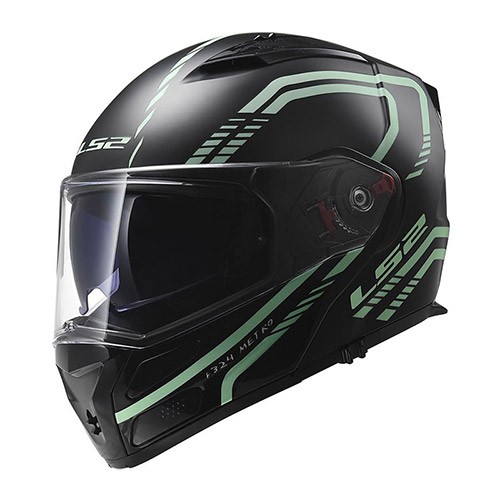Make sure the motorcycle is in first gear.
You might be thinking that it is lame to start with this tip. However, you would be surprised to know how many motorcycle riders forget to make sure their bikes are in first gear.
As you get ready to take off, move your right foot to the rear foot brake while keeping your left foot as solidly planted as possible. Afterwards, you can release the right-hand brake and focus on engaging the clutch and throttle. Slowly twist the throttle to feed the motorcycle some revs, and at the same time, gradually release the clutch up to the point where you can feel the bike going forward.
This is the clutch’s “engagement point” and it’s something you should note if you want successful launches. If you release the clutch too quickly, the bike will stall and you’ll have to get it restarted again.
As you feel the clutch engage, slowly release the rear foot brake and balance yourself on the motorcycle. At this point, the bike should be moving forward on the incline. As you gain momentum, you can take your left foot off of the ground and place it on the peg near the gear change lever.
A fundamental aspect is to pay attention to the engine revolutions.
To start moving forward, you must keep them low and not force the engine, to avoid losing control and keep fuel consumption low.
It is best to find a sparsely traveled portion of road with a few hilly sections, in order to minimize the risk of interfering with other traffic.
This way, you’ll have plenty of time to practice your uphill launching and holding techniques without being worried about lots of traffic.
Whenever you have to stop on an incline, bring the motorcycle to a stop as you normally would on a level street.
It is crucial to gradually place both of your feet on the ground as the bike comes to a stop. Lean over the handlebars and keep your body as far forward as possible while holding the right handle brake. Doing so will keep the motorcycle as stable as possible.
To go up a hill it is vital to have control of the clutch.
To do this you must know it very well and identify at what point it makes the cut, that is, where it makes the motorcycle start to move forward. If you master it, you will go up with the certainty that your motorcycle will not turn off.
When coming to a stop on a downhill section of road, keep in mind that the frontal weight transfer is greater than stopping on a level road section.
This makes the rear wheel much lighter and therefore harder to keep stable while braking. In this instance, you’ll have to rely more on your front brakes than the rears as you come to a stop.
When you’re going downhill, the most important thing is to always maintain control of the bike. On the one hand, we have the engine brake, which allows us to slow down and control the motorcycle; on the other, we have the rear brake, which helps us maintain the direction of travel in case you have to slow down or stop completely.
When braking with the engine it is necessary to maintain traction, that is, when descending you must have a gear engaged, first or second, and not use the clutch. This will slow you down, but if you need to slow down more than the engine allows or come to a stop, then use the rear brake.
This kind of thing can seem intimidating for new riders, but it’s an essential skill to learn. If you don’t feel comfortable teaching yourself, consider taking a motorcycle training course to improve your confidence.
Never forget to be safe when going either uphill or downhill. Use the right protection equipment and never leave and never underestimate external factors that are out of your control, like the weather.

